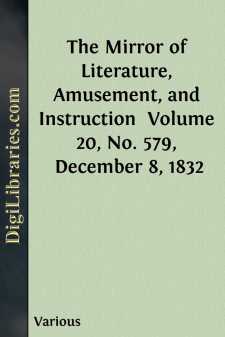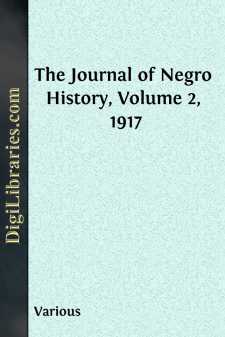Categories
- Antiques & Collectibles 13
- Architecture 36
- Art 48
- Bibles 22
- Biography & Autobiography 816
- Body, Mind & Spirit 145
- Business & Economics 28
- Children's Books 17
- Children's Fiction 14
- Computers 4
- Cooking 94
- Crafts & Hobbies 4
- Drama 346
- Education 58
- Family & Relationships 59
- Fiction 11834
- Foreign Language Study 3
- Games 19
- Gardening 17
- Health & Fitness 34
- History 1378
- House & Home 1
- Humor 147
- Juvenile Fiction 1873
- Juvenile Nonfiction 202
- Language Arts & Disciplines 89
- Law 16
- Literary Collections 686
- Literary Criticism 179
- Mathematics 13
- Medical 41
- Music 40
- Nature 179
- Non-Classifiable 1768
- Performing Arts 7
- Periodicals 1453
- Philosophy 66
- Photography 2
- Poetry 897
- Political Science 203
- Psychology 45
- Reference 154
- Religion 516
- Science 126
- Self-Help 85
- Social Science 82
- Sports & Recreation 34
- Study Aids 3
- Technology & Engineering 59
- Transportation 23
- Travel 463
- True Crime 29
Our website is made possible by displaying online advertisements to our visitors.
Please consider supporting us by disabling your ad blocker.
The Mirror of Literature, Amusement, and Instruction Volume 20, No. 579, December 8, 1832
by: Various
Categories:
Description:
Excerpt
ANTWERP.
This Engraving may prove a welcome pictorial accompaniment to a score of plans of "the seat of war," in illustration of the leading topic of the day. The view may be relied on for accuracy; it being a transfer of the engraving in "Select Views of the Principal Cities of Europe, from Original Paintings, by Lieutenant Colonel Batty, F.R.S." We have so recently described the city, that our present notice must be confined to a brief outline.
Antwerp, one of the chief cities of the Netherlands, is situated on the river Scheldt, 22 miles north of Brussels, and 65 south of Amsterdam: longitude 4° 23' East; latitude 51° 13' North. It is called by Latin writers, Antverpia, or Andoverpum; by the Germans, Antorf; by the Spanish, Anveres; and by the French, Anvers. The city is of great antiquity, and is supposed by some to have existed before the time of Cæsar. It was much enlarged by John, the first Duke of Brabant, in 1201; by John, the third, in 1314; and by the Emperor Charles V. in 1543: it has always been a place of commercial importance, and about twenty years after the last mentioned date, the trade is concluded to have been at its greatest height; the number of inhabitants was then computed at 200,000. A few years subsequently, Antwerp suffered much in the infamous war against religious freedom, projected by the detestable Philip II. (son of Charles V.) and executed by the sanguinary Duke of Alva, whose cruelty has scarcely a parallel in history. In this merciless crusade, Alva boasted that he had consigned 18,000 persons to the executioner; and with vanity as disgusting as his cruelty, he placed a statue of himself in Antwerp, in which he was figured trampling on the necks of two statues, representing the two estates of the Low Countries. Before the termination of the war, not less than 600 houses in the city were burnt, and 6 or 7,000 of the inhabitants killed or drowned. Antwerp was retaken and repaired by the Prince of Parma, in 1585. It has since that time been captured and re-captured so frequently as to render its decreasing prosperity a sad lesson, if such proof were wanting, of the baleful scourge of war. The reader need scarcely be reminded that the last and severest blow to the prosperity of Antwerp was occasioned by the overthrow of Buonaparte, when, by the treaty of peace signed in 1814, her naval establishment was utterly destroyed. The population has dwindled to little more than one-fourth of the original number, its present number scarcely exceeding 60,000.
The annexed view is taken from the Téte de Flandre, a fortified port on the left bank of the river Scheldt, immediately opposite to the city, and now in the possession of the Dutch. The river here is a broad and noble stream, and at high water navigable for vessels of large tonnage. A short distance below the town the banks are elevated, like part of Millbank, near Vauxhall Bridge; and the situation has much the same character. The river is here about twice the width of the Thames at London Bridge, and it flows with great rapidity....












